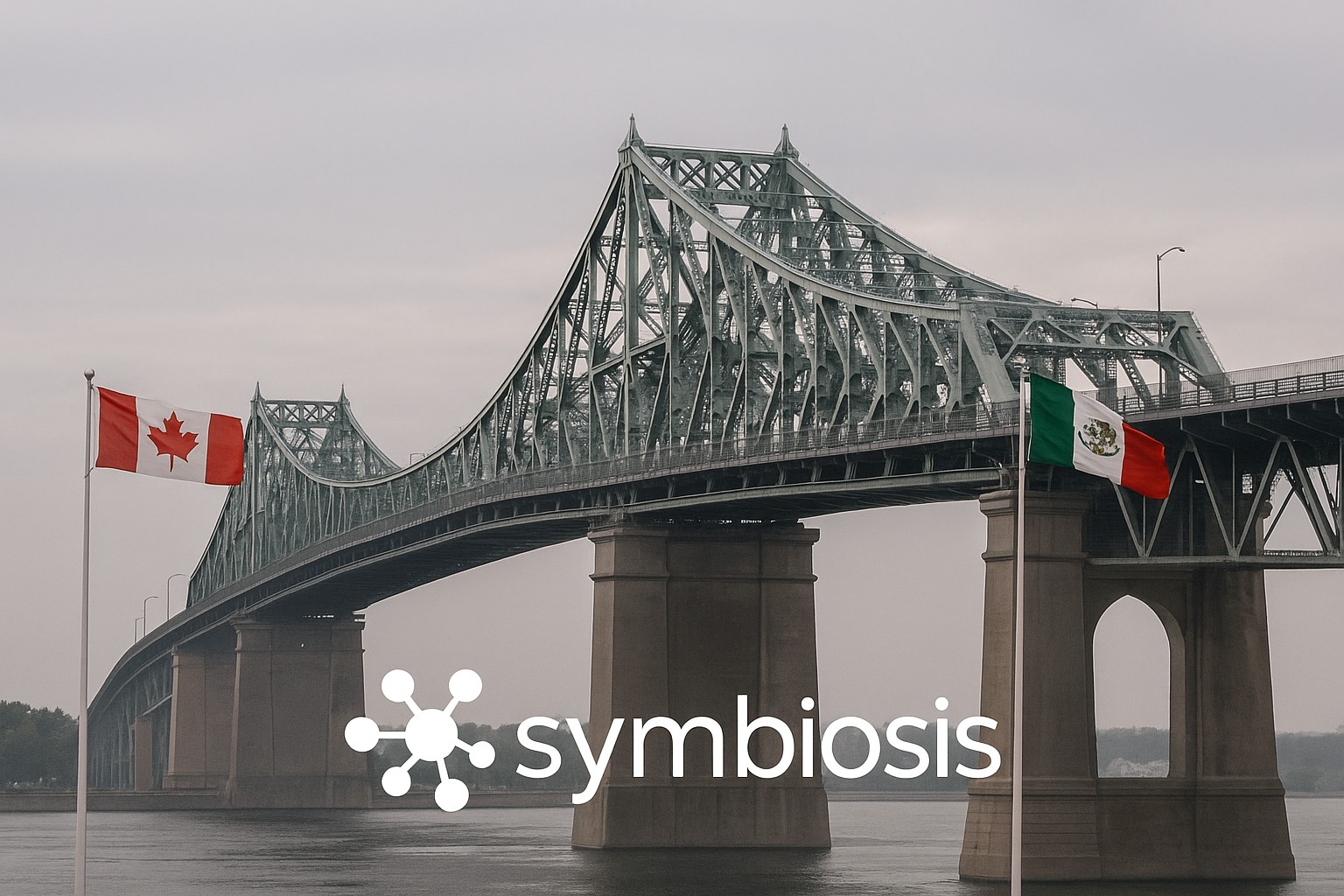1. Beyond trade: a test of trust and institutional maturity
On July 1, 2026, North America will enter the first six-year review of the USMCA (the so-called sunset clause under Article 34.7). Although technically a procedural review, it will in practice become a broader assessment of regulatory reliability and corporate integrity within the region.
For Canadian companies with subsidiaries or partnerships in Mexico, this review is more than a policy milestone — it’s a test of whether their local operations can sustain Canadian-level standards of transparency, accountability, and compliance within Mexico’s evolving regulatory landscape.
2. What the review means for Canadian investors
The 2026 review will not only examine government actions; it will indirectly expose the maturity of Mexico’s corporate governance ecosystem. From a business standpoint, this will focus on:
- Board oversight and internal controls
- Corporate transparency and beneficial ownership
- Anti-corruption and AML enforcement
- Supply-chain compliance and ethical due diligence
In other words, compliance will become the new metric of trade credibility between Canada and Mexico.
3. Key compliance areas for Canadian companies in Mexico
A. Corporate transparency and beneficial ownership
Canada’s CBCA and Bill C-42 have tightened disclosure requirements for controlling shareholders. In Mexico, new obligations under Articles 32-B Ter, Quáter and Quinquies of the Federal Fiscal Code require similar disclosure of beneficial owners.
Canadian companies should ensure that their Mexican entities:
- Register their controlling beneficiaries with the SAT and RNIE
- Maintain clear documentation linking the Canadian parent to the Mexican vehicle
- Align AML practices with FINTRAC expectations
Lack of transparency in Mexico can now trigger regulatory exposure in Canada.
B. Supply-chain compliance and nearshoring
Nearshoring is shifting manufacturing toward Mexico — but investment success will depend on dual compliance:
- Mexican obligations (LFT, IMSS, STPS, SEMARNAT)
- Canadian frameworks (Labour Code, Modern Slavery Act 2024)
Companies must be able to prove ethical sourcing and traceability, not just meet production targets. This calls for supply-chain governance models that are auditable under both Canadian and Mexican standards.
C. Anti-corruption and governance alignment
While Mexico continues strengthening enforcement mechanisms, the 2026 review will magnify scrutiny on whether foreign-owned companies apply equivalent governance and ethics programs to those expected in Canada.
Firms should be ready to show:
- Formal codes of ethics and compliance charters
- Active audit or risk committees and whistleblowing mechanisms
- Evidence of periodic compliance reporting and training
Corporate integrity will be judged as part of trade reliability.
4. The “sunset clause” as a governance thermometer
Article 34.7 is more than a legal checkpoint; it acts as a trust thermometer for the entire region. For Canadian businesses, 2026 will be a moment of corporate accountability: can their Mexican subsidiaries operate with the same compliance discipline as the parent company in Canada?
5. How Symbiosis helps
Symbiosis supports Canadian companies in translating and aligning their obligations across both systems — turning legal complexity into operational clarity.
Our core services include:
- Cross-Border Compliance Review (CBCR): diagnostic of regulatory alignment between Mexico and Canada
- Binational Governance Design: adapting board structures and internal controls to dual legal environments
- Transparency & Beneficial Ownership Advisory: implementing compliant disclosure frameworks under CFF 32-B Ter and Canadian CBCA standards
- Supply-Chain Compliance & Ethics Training: ensuring your nearshoring footprint meets ESG and modern-slavery expectations
6. Conclusion
The 2026 USMCA review will test not only policies between governments but also the institutional credibility of the companies that connect both economies.
For Canadian groups, preparedness means demonstrating that their Mexican operations reflect the same integrity, transparency, and governance that define their home jurisdiction.
Symbiosis stands at that intersection — building regulatory bridges that turn compliance into a competitive advantage.






